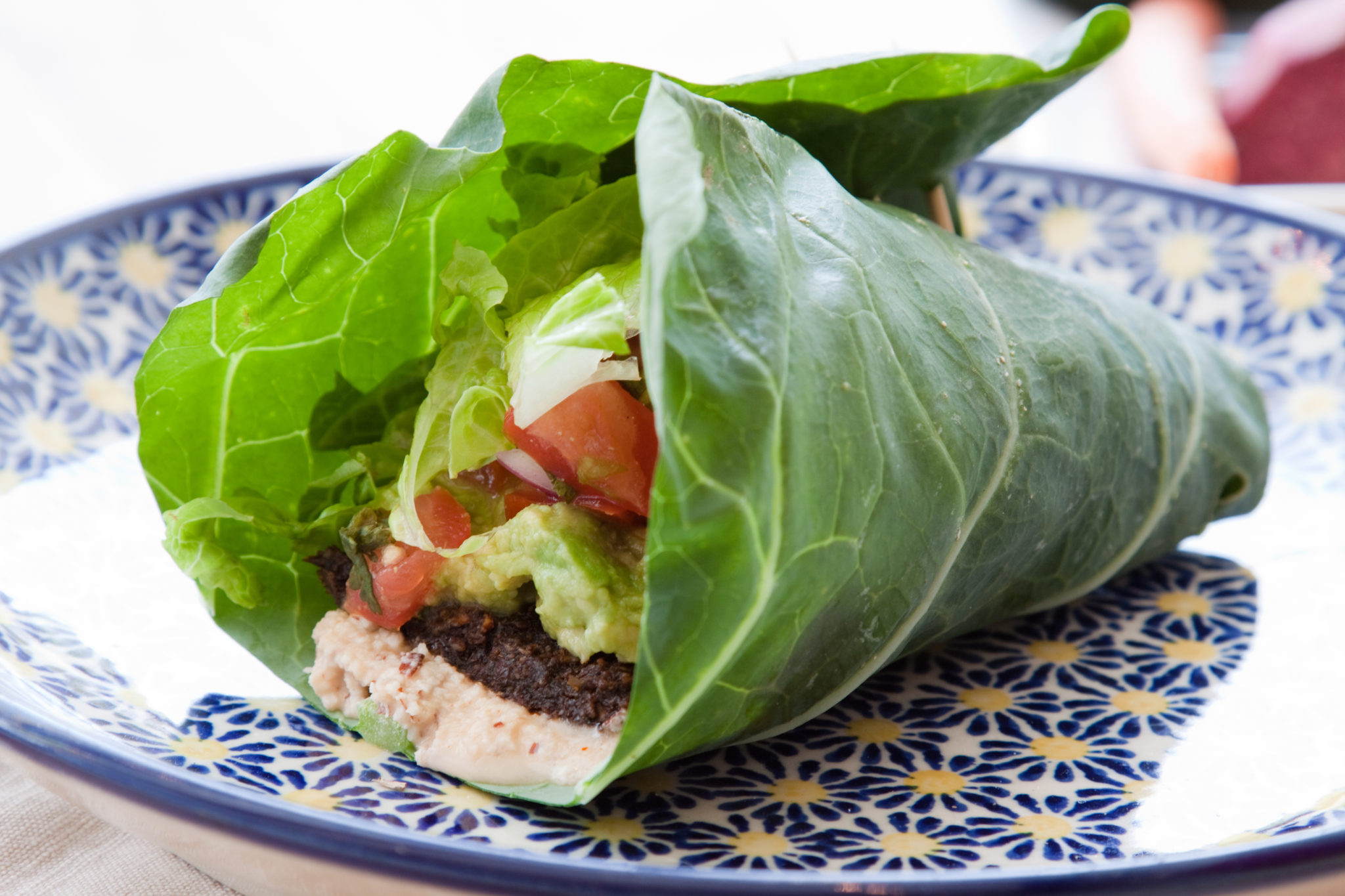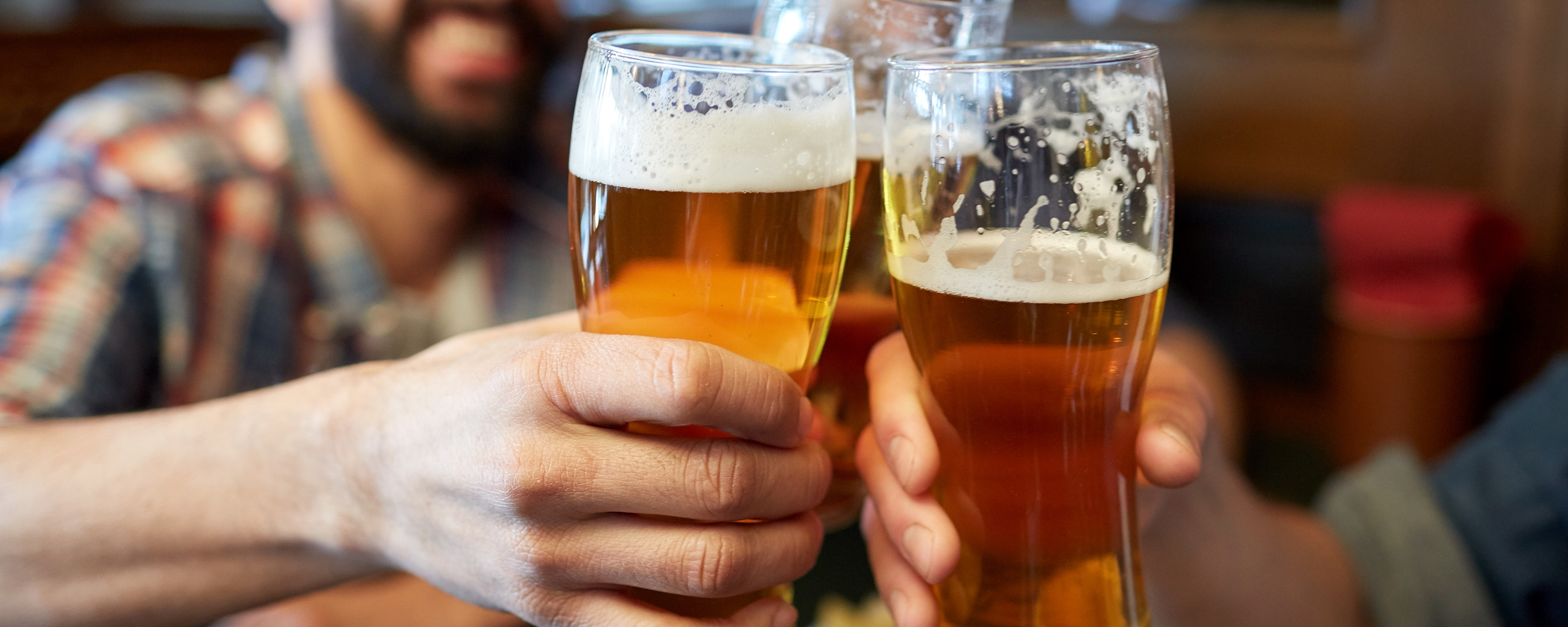
5 Tips for Following Low Carb While Traveling

Written with contributions from Virta patients.
Travel can be tough enough without also being challenged by food choices. Between canceled flights, traffic delays, or even the perfectly planned trip, schedules outside of our normal day to day can present some tough situations. So let’s take away meal choices from that list of challenges!
The number one tip: BE PREPARED! From the occasional road trip or even just a hectic day to being on the road all the time, having those go-to food options will leave you feeling prepared! Have a meal before you leave the house, bring along some backup snacks, and seek out low carb options from restaurants, convenience stores, and perhaps some unexpected places like drug stores. And remember, you’ll get even better with practice. Seeking out low carb options and conquering travel will get easier over time!
For tips on how to best stay on track while on the road, we turned to the experts: Virta patients. This is what they had to say.
1. Keep it simple
Virta patients emphasized the importance of simplifying your planning. Sticking to the basics can help you stick to your goals and keep you from getting overwhelmed. Most restaurants and grocery stores will have protein sources and vegetables available - don’t forget to ask for extra fat for satiety!
“I look for a lot of taverns or bistros, any place where I can get a bunless burger with a salad. Second choice is Mexican where I can get grilled meats with vegetables and a fat like guacamole.”
“Eat simple foods. Veggies and small amounts of meat.”
2. Plan ahead
Before leaving for your trip, scope out the food scene where you’re going. Most restaurants have their menus available online these days. If you’re traveling somewhere more remote, make sure to bring along snacks.
“I will usually scope out which restaurants are around and glance at a few online menus if I’m not familiar with them. I bring along my own dressing (in a small container), salt, and snacks that don’t require refrigeration, or sometimes a small cooler & ice pack with snacks and drinks that need to be kept cold in the hot summer.”
“Research ahead of time if you know where you are going!"
If you’re traveling to visit family or friends, make sure to be open about your goals ahead of time so they have an opportunity to support you as well.
“Supply as much of your own food as you can. Grocery run after arrival, or packing it in the car for the road trip. If you have options of where to stay, try for a place you can cook. If you are going to friend’s home for cookouts, tell them you will be bringing something. Make enough to share. If they know you are doing this program, they will be relieved they don't need to worry about you.”
3. Ask for what you want
Traveling with loved ones or colleagues can be especially challenging. First thing to know is that you’re not alone. We asked our community the hardest parts about traveling and this is what they had to say:
“The hardest part is well-meaning friends and family that want to treat you to a meal, and don't allow you any say in where you dine.”
“The hardest part is people's attitude towards this lifestyle. I find people's non-approving eyes and behavior towards my food choices most disturbing.”
If this is the case, try explaining again before the trip why you’re committed to a low-carb lifestyle. Remind them that guilt-inducing comments or acting like the Food Police are not helpful. The more people understand why you’re making the choices you are, the more likely they’ll be to support them.
When dining out, don’t be afraid to ask for modifications. Most restaurants will be accommodating since they want your business, after all.
“I search for menus before going out to eat but almost everything can be made Virta-friendly. Be assertive and ask for what you want.”
4. Move past lapses
Even when we try our best, sometimes we go a bit off plan. If you do, it’s important not to spend time beating yourself up. Just get right back on track.
“Go back to weighing your protein, measuring your condiments, all the things you did when you first started. The old habits return quickly!”
“I schedule a grocery delivery or pickup for that day or the next day, but also try to have some stuff in the freezer ready for me. I always have a box of Jimmy Dean's breakfast frittatas in my freezer for my first breakfast back so I don't have to make anything or am not tempted to stop and get a bagel on my way to work.”
“Acknowledge you did the best you could under the circumstances, and then determine to make the next good choice. Don't allow for "I blew it" thinking.”
5. Enjoy yourself!
At the end of the day, trips and vacations are meant to be enjoyed. Brainstorm ahead of time all the ways to enjoy yourself there that don’t involve food. Go on a hike or walk to explore your new area. If you’re visiting loved ones, focus on spending time with them.
“Travel is fun. Try not to make every food decision be about whether that restaurant has food you can eat. Just do your best and remember to eat a little extra fat when you can to help you feel full and curb cravings!”
Make the most of your adventure and safe travels!
This blog is intended for informational purposes only and is not meant to be a substitute for professional medical advice, diagnosis, or treatment. Always seek the advice of your physician or other qualified health provider with any questions you may have regarding a medical condition or any advice relating to your health. View full disclaimer
Are you living with type 2 diabetes, prediabetes, or unwanted weight?









